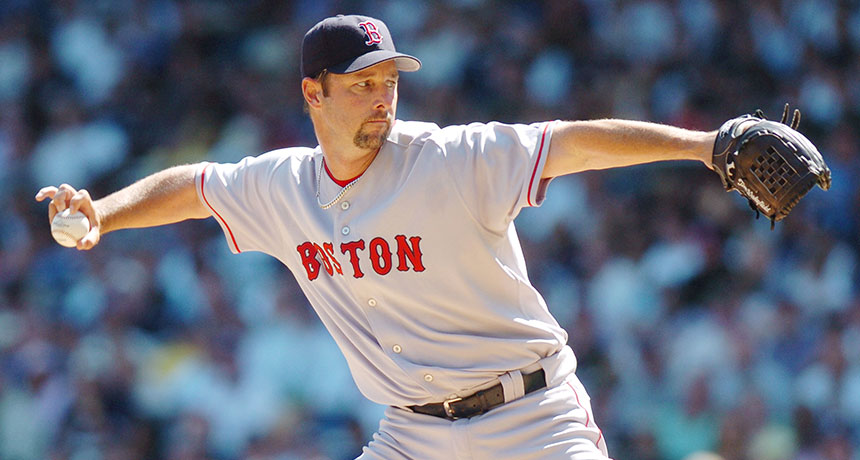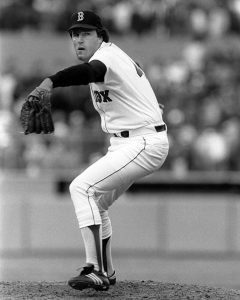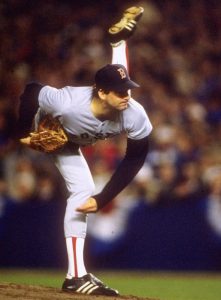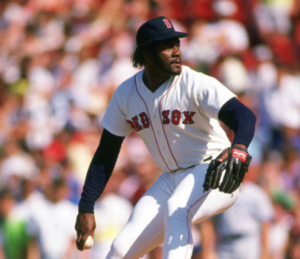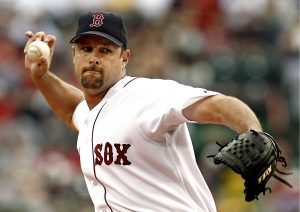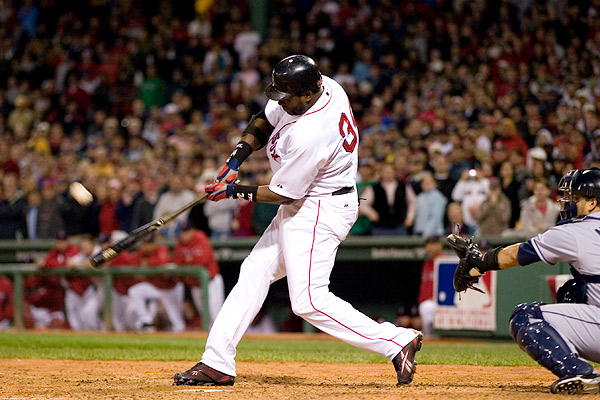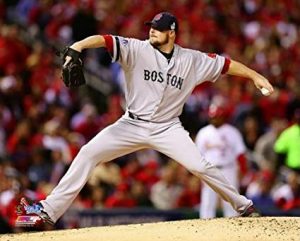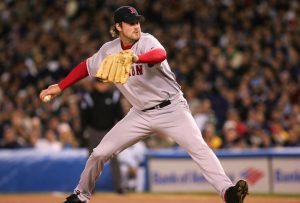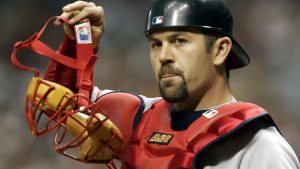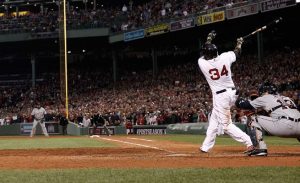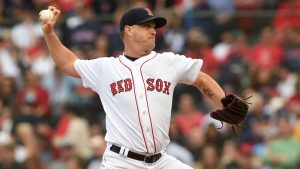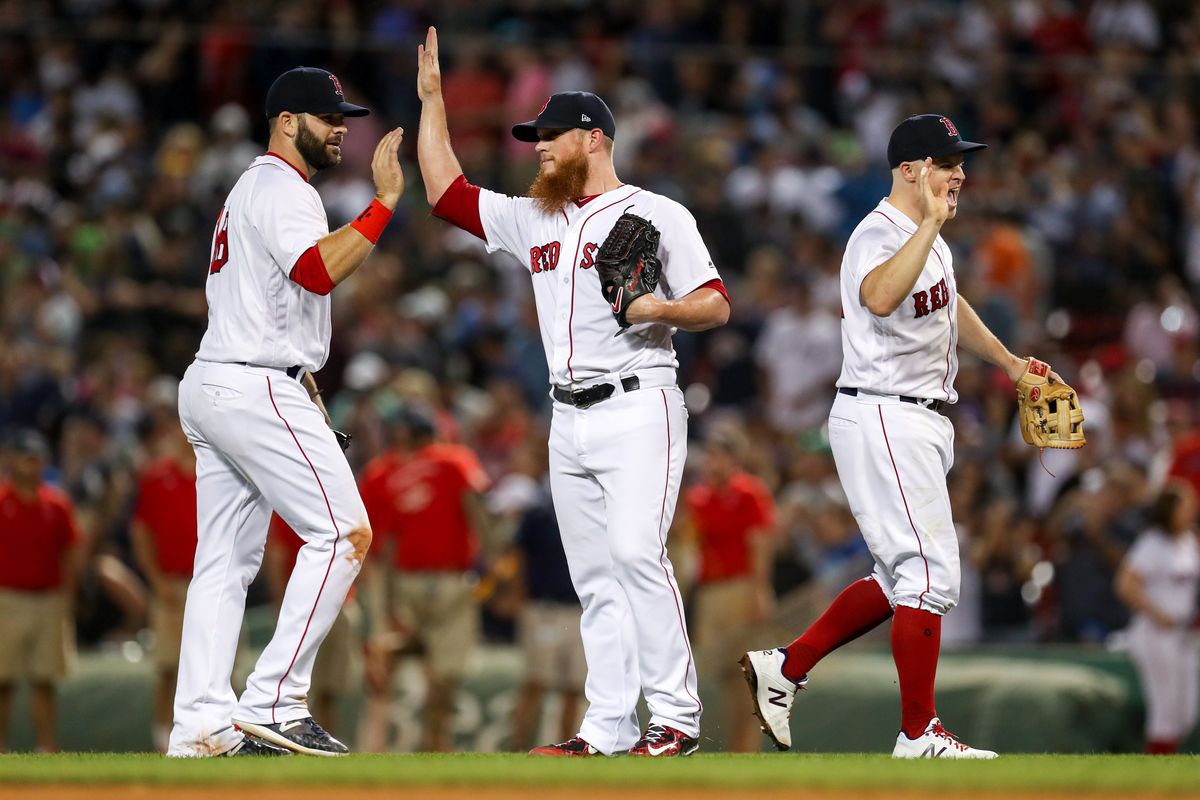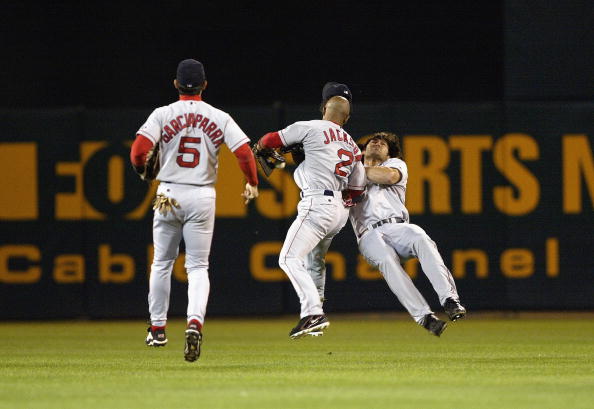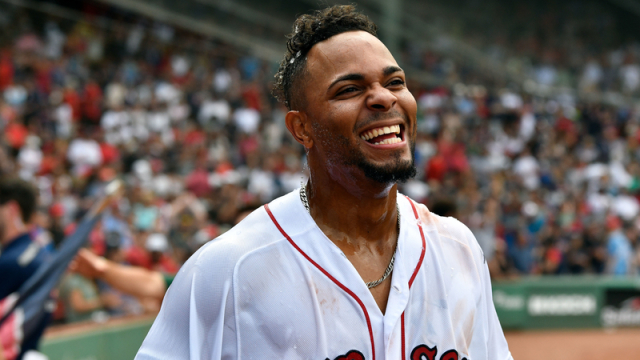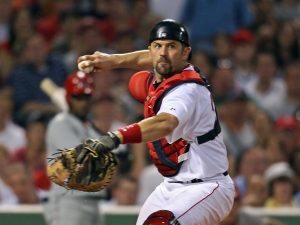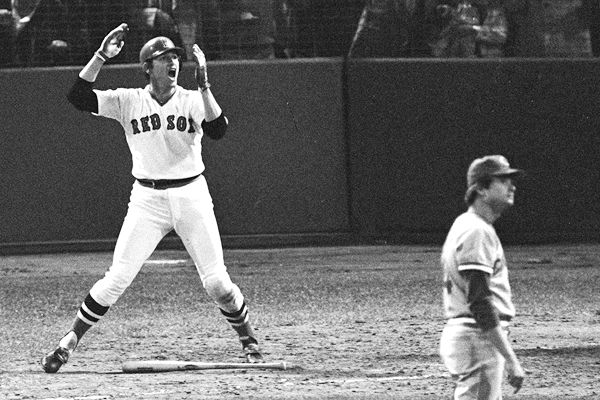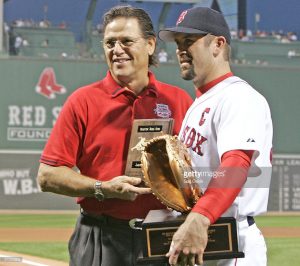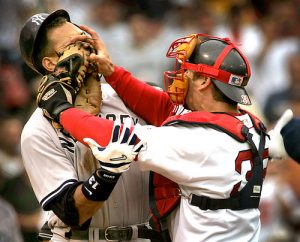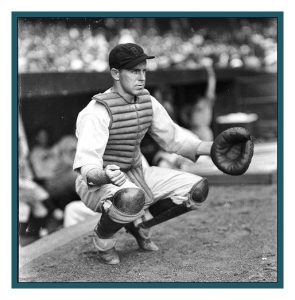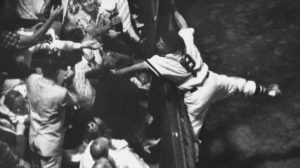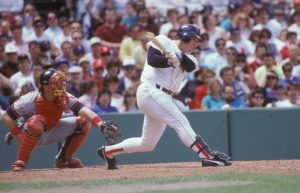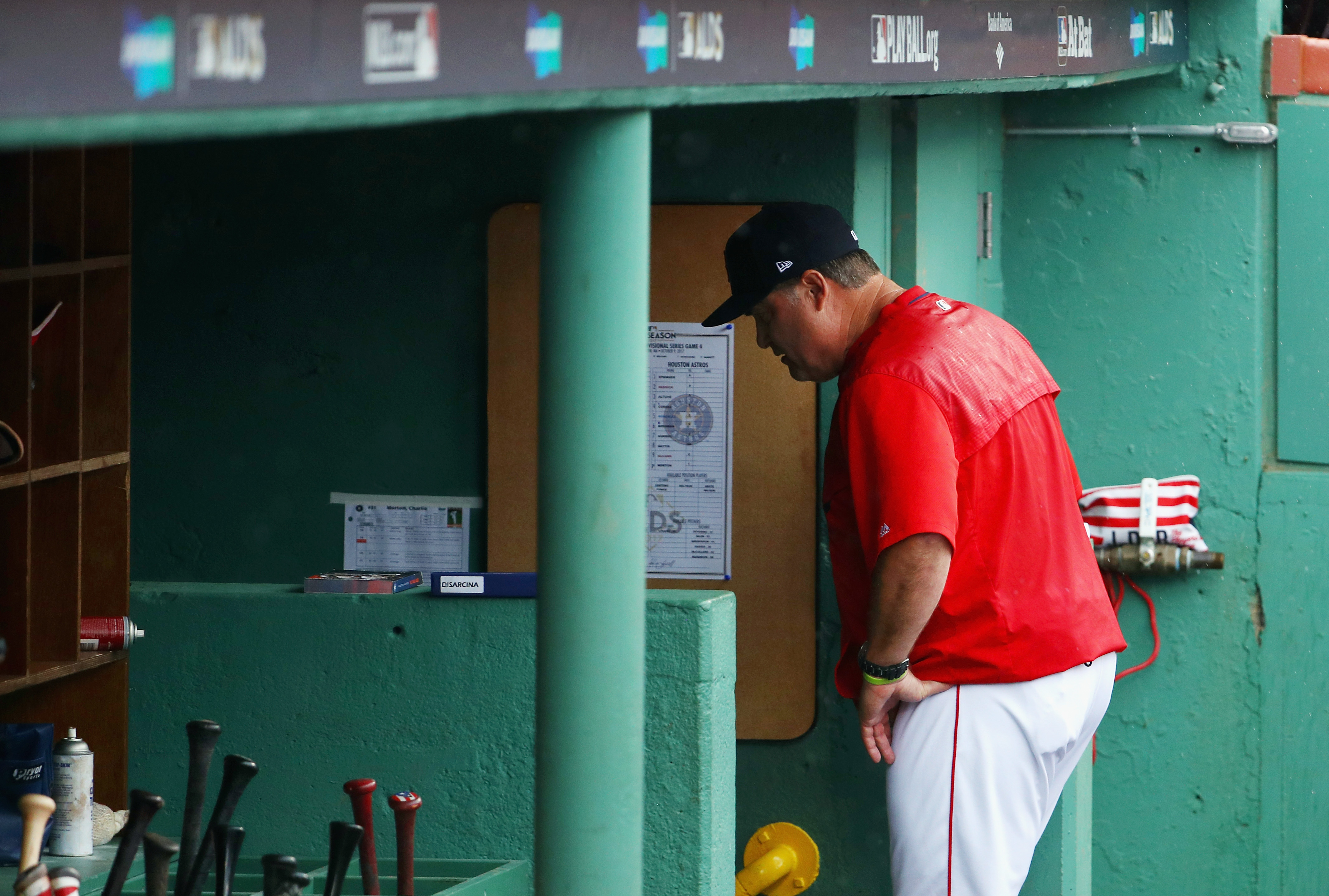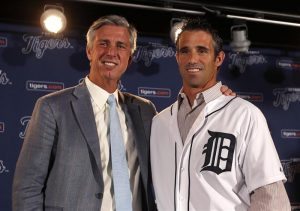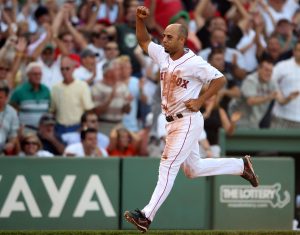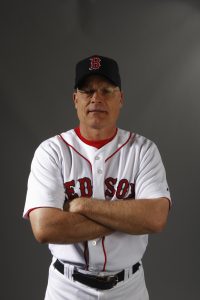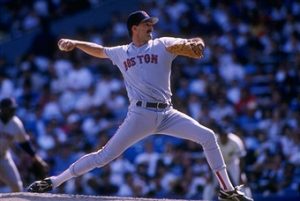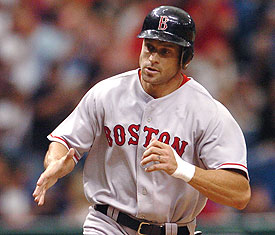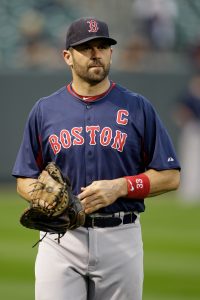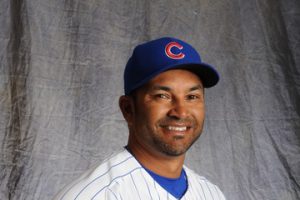As trades begin to happen across baseball with the trade deadline in a few days, I decided to look into some of the best trades the Red Sox have ever made at the deadline. I also plan to do one about the worst trade deadline deals they have made in the next couple days. These articles will include August waiver trades as well.
1. Heathcliff Slocumb for Jason Varitek & Derek Lowe
This is a no-brainer at the top spot. This trade was always baffling, but continually got worse with each passing season as Varitek and Lowe paved their way in the big leagues.
The Mariners were desperate for relief help, as this wasn’t the only move they made for a relief pitcher. One is left to wonder why they thought Heathcliff Slocumb would help shore up a struggling bullpen though. Slocumb had a solid season in 1996, posting a 3.02 ERA and 31 saves, but his saves were often nerve-wracking, as he posted a 1.48 WHIP. In 1997 it all came apart. At the time of the trade he had blown five saves, posted a 5.79 ERA with an unsightly 1.97 WHIP. That means he essentially put on two baserunners each inning! Over the next season and a half in Seattle, Slocumb went 2-9 with a 4.97 ERA and 13 saves.
Meanwhile, Jason Varitek became the first catcher ever to catch four no-hitters. He was the eventual captain of the Red Sox, and is the second best catcher in franchise history. He was a three time all-star, a Silver Slugger winner and a Gold Glove winner.
Derek Lowe made two All-Star Games with the Red Sox. He led the American League with 42 saves in 2000, then two years later went 21-8 with a 2.58 ERA and 0.97 WHIP. He also won the clinching game of the ALDS, ALCS and the World Series in 2004. Without this trade, the Red Sox do not win the World Series in 2004, and who knows where the franchise would be.
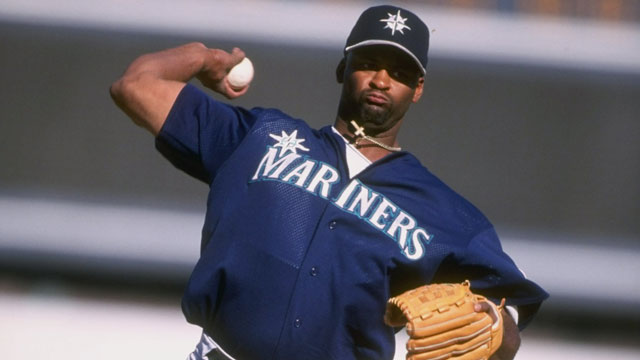
2. The Nomar Deal
At the trade deadline in 2004 the Red Sox were in the playoff race, but needed to change things up to really make a run. Franchise icon Nomar Garciaparra was unhappy in Boston by this time, missing games with injury and not playing to his usual standards. The infield defense was sloppy and Theo Epstein decided the defense had to get better.
It wasn’t surprising when the Red Sox traded Nomar, a lot of people knew it was time, but it was bittersweet. The Red Sox sent Nomar and Matt Murton to the Cubs in a four team trade. Coming back to Boston were shortstop Orlando Cabrera and first baseman Doug Mientkiewicz. Both were good fielders to help shore up the infield defense.
Although Mientkiewicz couldn’t hit a lick, Orlando Cabrera proved to be a a sparkplug. He batted .294 with six home runs the rest of the season, while playing a steadier shortstop than Nomar . The team went 40-20 over the rest of the regular season. Cabrera then batted .379 in the seven game ALCS with the Yankees. I’ve never understood why the Red Sox let him leave after the season; he seemed to fit right in with the team personality-wise, clearly could handle Boston and the big stage, played a good defense and could hit.

3. Rey Quinones for Dave Henderson & Spike Owen
This is one of those August deals I referred to in the beginning. The Red Sox wound up sending three other players to the Mariners later on as players to be named later, but none did a whole lot. Mike Brown and Mike Trujillo at least pitched some for them at the big league level. Quinones, who had been hitting just .237 for the Red Sox in his rookie season, did even worse over the rest of the season. He actually had a solid season in 1987 before his offense tailed off and he was out of baseball following the 1989 season. His batting register on baseball-reference.com is fascinating, popping up in Independent baseball in 1999 after having nothing listed since 1989.
Dave Henderson actually didn’t do much in the regular season for the Red Sox. He hit .196 with 1 home run over 51 at-bats. However, he hit one of the biggest home runs in franchise history in the 1986 ALCS to avoid a series defeat to the Angels. In the World Series, he would bat .400 with two more home runs. Imagine his status in Boston had they not choked.
As for Spike Owen, he stayed with the team for each of the next two seasons as well, and was their starting shortstop for 1987 and half of 1988. He also had a big postseason in 1986, batting .429 in the ALCS and .300 in the World Series.
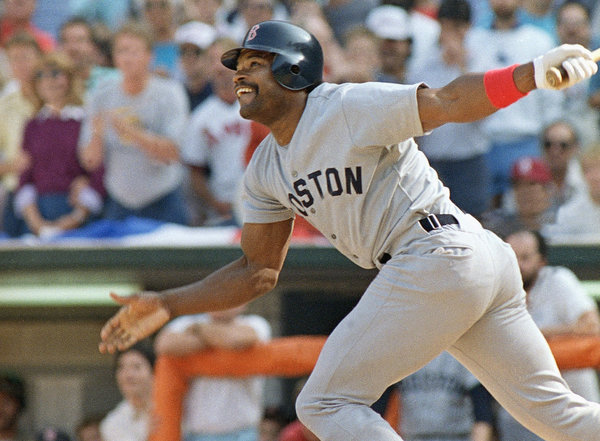
4. Santiago Espinal for Steve Pearce
I’m going back to just last season for this one. The Red Sox got the eventual World Series MVP for a prospect not on the radar for prospect lists. You never know how someone will develop, but at the moment this one looks like a steal. This trade happened about a month before the deadline, but it counts.
Pearce posted a .901 OPS for the Red Sox following the trade. He went all Jimmie Foxx on the Yankees in early August, hitting three home runs one day and another the next day. In the World Series he batted .333 with three home runs. In game four, he hit a home run off closer Kenley Jansen to tie the game at four in the 8th inning of an eventual 9-6 victory. For the clinching game five, he hit a two-run homer off Clayton Kershaw to open the scoring in the 1st inning, then homered again in the 8th inning, which was the dagger. For his efforts, he won World Series MVP.
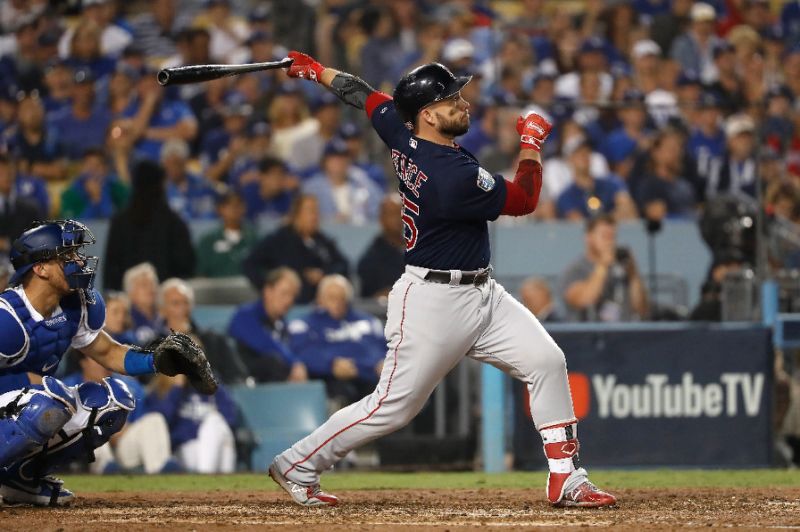
5. Henri Stanley for Dave Roberts
We all know why this one is on the list, and it all comes down to just one play. The Red Sox picked up Dave Roberts on July 31, 2004 for Henri Stanley (who?). The idea with Roberts was to add some speed. He batted .256 with 2 home runs and five stolen bases over the rest of the regular season. In the playoffs, he was on the team to pinch-run. That was it. The rest, as they say, is history.
Honorable Mention: Mike Stanley
Mike Stanley gets an honorable mention for two trades. Stanley posted excellent offensive numbers in 1996 and 1997 for the Red Sox, but the team was well out of the race in 1997 so they moved him in August. In sending him to the Yankees, the Red Sox received Tony Armas Jr. in return.
Why is this trade so notable? Well, that offseason, the Red Sox were battling the Indians to trade for Pedro Martinez from the Expos. The Red Sox won out, sending the Expos two pitching prospects in Carl Pavano and, you guessed it, Tony Armas Jr. This Mike Stanley trade is very underrated in history, as it brought the Red Sox an important trade chip back to get possibly the best pitcher of all-time.
The very next season, in 1998, with the Red Sox back in the race again, they brought Stanley back at the deadline, sending Peter Munro and Jay Yennaco to the Blue Jays for him. Munro made the Majors, but didn’t do much to speak of. Yennaco never made to the show. Mike Stanley batted .288 with an .888 OPS the rest of the 1998 season. In 1999, he was their starting first baseman more often than not, posting a .393 on-base percentage while hitting 19 home runs. Stanley was also an excellent guy in the clubhouse, becoming a bench coach quickly after his retirement.
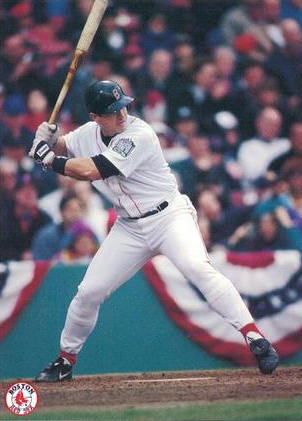
Feature picture from sportsonearth.com

